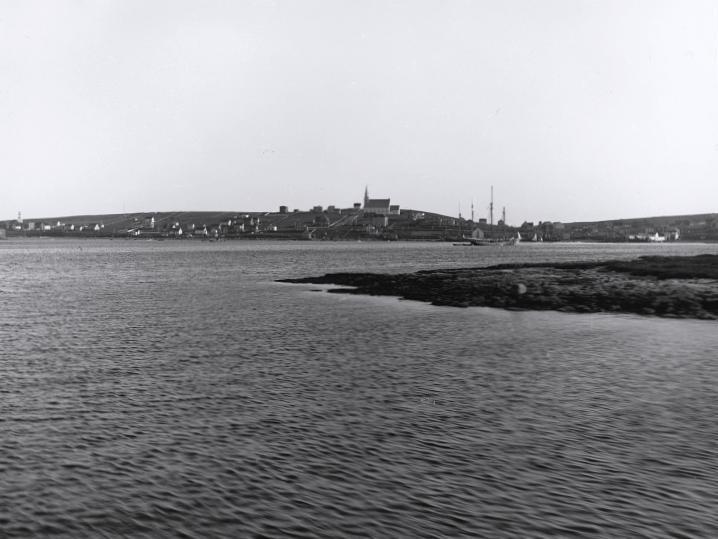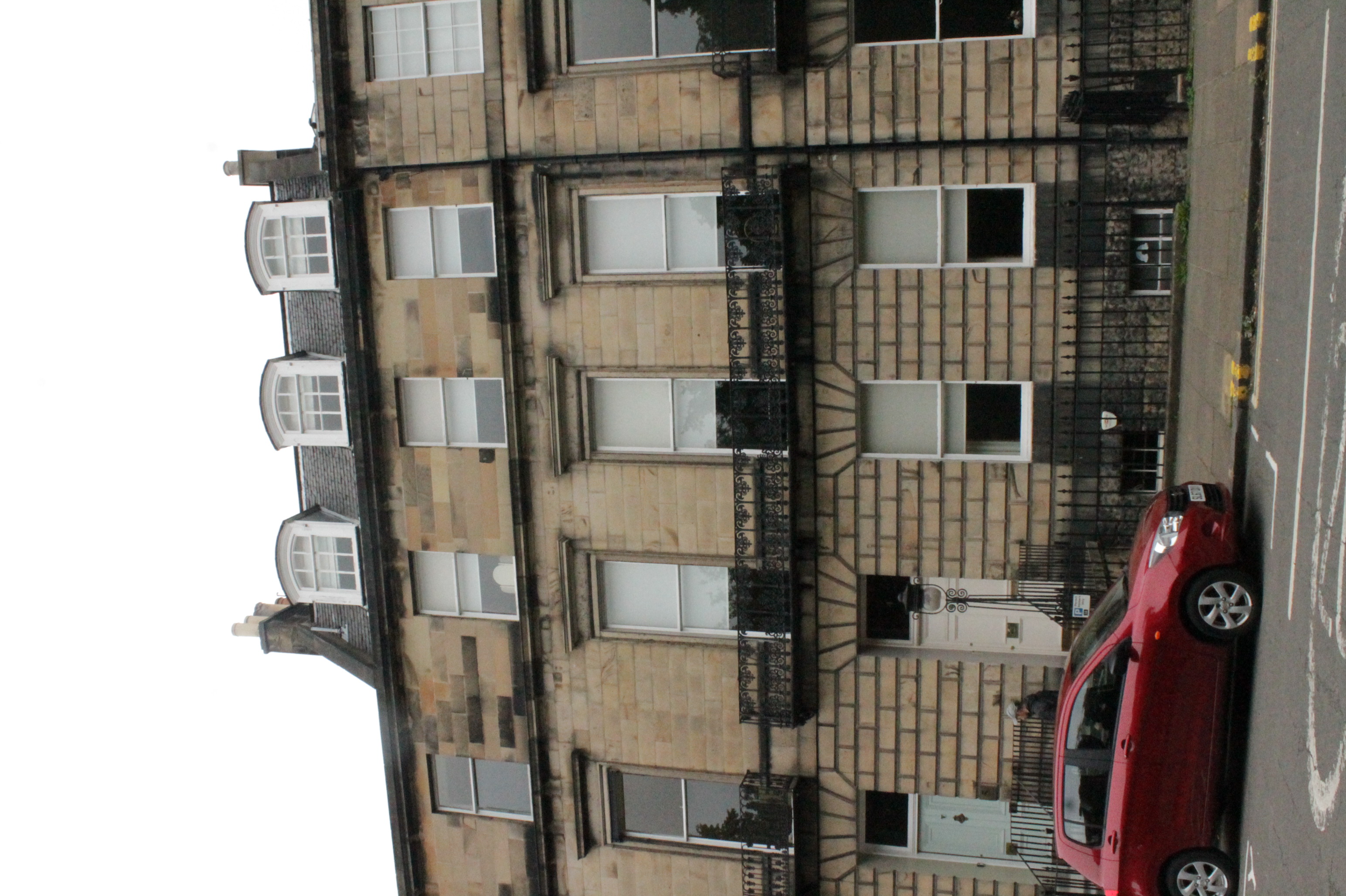|
HMS Senegal (1760)
Two vessels that served the Royal Navy have been named ''Senegal'': * was launched at Rotherhithe on 26 December 1760 as a 14-gun sloop of 292 tons (bm). She grounded while attempting to enter the harbour at Canso, Nova Scotia, on 22 August 1764 and foundered while being towed into the harbour. It was later commanded by Sir Thomas Rich in 1769 and by William Duddingston Rear Admiral William Duddingston (1740–1817) was an 18th-century Scottish commander in the Royal Navy, of fame for the ''Gaspee'' Affair, one of the precursors to the American War of Independence. Life He was born in November 1740 in ... in 1771. * HMS ''Senegal'' was a sloop of 183 tons (formerly named ''Racehorse'') that the Royal Navy purchased in 1777 and armed with 16 guns. The French captured her on 15 August 1778. recaptured her on 2 November 1780 off the Gambia River, but she blew up by accident at Gorée on 22 November. Citations References * * {{DEFAULTSORT:Senegal, Hms Royal ... [...More Info...] [...Related Items...] OR: [Wikipedia] [Google] [Baidu] |
Royal Navy
The Royal Navy (RN) is the United Kingdom's naval warfare force. Although warships were used by Kingdom of England, English and Kingdom of Scotland, Scottish kings from the early medieval period, the first major maritime engagements were fought in the Hundred Years' War against Kingdom of France, France. The modern Royal Navy traces its origins to the early 16th century; the oldest of the British Armed Forces, UK's armed services, it is consequently known as the Senior Service. From the middle decades of the 17th century, and through the 18th century, the Royal Navy vied with the Dutch Navy and later with the French Navy for maritime supremacy. From the mid 18th century, it was the world's most powerful navy until the World War II, Second World War. The Royal Navy played a key part in establishing and defending the British Empire, and four Imperial fortress colonies and a string of imperial bases and coaling stations secured the Royal Navy's ability to assert naval superiority ... [...More Info...] [...Related Items...] OR: [Wikipedia] [Google] [Baidu] |
Canso, Nova Scotia
Canso is a community in Guysborough County, on the north-eastern tip of mainland Nova Scotia, Canada, next to Chedabucto Bay. In January 2012, it ceased to be a separate town and as of July 2012 was amalgamated into the Municipality of the District of Guysborough. The area was established in 1604, along with the original Port-Royal. The British construction of a fort in the village (1720), was instrumental in contributing to Dummer's War (1722–1725). The town is of national historic importance because it was one of only two British settlements in Nova Scotia prior to the establishment of Halifax (1749). Canso played a key role in the defeat of Louisbourg. Today, the town attracts people internationally for the annual Stan Rogers Folk Festival. Geography The community is located on the southern shore of Chedabucto Bay. The southern limit of the bay is at Cape Canso, a headland approximately southeast of the community. Canso is the southeastern terminus of Trunk 16, ... [...More Info...] [...Related Items...] OR: [Wikipedia] [Google] [Baidu] |
Sir Thomas Rich, 5th Baronet
Admiral Sir Thomas Rich, 5th Baronet (c.1733 – 6 April 1803) was a British naval officer and Member of Parliament. He was born the eldest son of Sir William Rich, 4th Baronet of Sonning, Berkshire and his wife, Elizabeth Royall. He joined the British Royal Navy and was commissioned lieutenant on 25 March 1758. He succeeded as 5th Baronet on the death of his father on 17 July 1762. In 1763 he commissioned the 6-gun cutter for service in the English Channel until 1766. He was then promoted commander of the 14-gun sloop in March 1769 for service on the North America Station. This was followed by the command in North America of the 24-gun from February 1771 to 1773. In April 1775 he took command of the new 28-gun frigate and sailed to the Mediterranean Sea, where in March 1778 he captured the 16-gun American vessel ''Hope''. The following year they drove a French privateer ashore, captured an American schooner laden with tobacco and escorted supplies into the beleaguered port ... [...More Info...] [...Related Items...] OR: [Wikipedia] [Google] [Baidu] |
William Duddingston
Rear Admiral William Duddingston (1740–1817) was an 18th-century Scottish commander in the Royal Navy, of fame for the ''Gaspee'' Affair, one of the precursors to the American War of Independence. Life He was born in November 1740 in the parish of Kilconquhar in the East Neuk of Fife, the third son of 14 children to James Duddingston (1695-1768) and his wife Margaret Gillespie. The family lived at St Ford (or Sandford) just south-west of Kilconquhar. From 1752 to 1755 he served as a merchant seaman on the Fife coast. He appears as a Royal Navy lieutenant in 1759 but was possibly a midshipman from 1755 to 1759. In September 1768 he was given command of . In March 1772 the ship was ordered to go to Rhode Island to patrol the waters to prevent smuggling of contraband goods in evasion of taxation. In these seizures the crew were awarded a percentage of the value of the goods seized, which was a strong incentive. Seizures were therefore often a little overenthusiastic and ... [...More Info...] [...Related Items...] OR: [Wikipedia] [Google] [Baidu] |
HMS Racehorse (1777)
Nine ships of the Royal Navy have borne the name HMS ''Racehorse'': * was an 18-gun privateer captured from the French in 1757. She was on Arctic discovery in 1773. She was renamed ''Thunder'' (and re-classed as a bomb vessel) on 24 October 1775. The French captured ''Thunder'' off Sandy Hook on 14 August 1778. * HMS ''Race Horse'' was the mercantile ''Hercules'' that the Royal Navy purchased at Jamaica in 1776, and that the American ''Andrea Doria'' captured on 24 December 1776. ''Surprise''s crew destroyed her in 1777 at Delaware Bay to prevent the Royal Navy from recapturing her. * was a 16-gun sloop purchased in 1777 and shortly thereafter renamed ''Senegal''. The French 74-gun captured her on 14 August 1778. The French renamed her ''Sénégal''. recaptured her on 2 November 1780 after an engagement that lasted five hours and in which the French lost 12 killed and 28 wounded, while the British lost two killed and four wounded. The Royal Navy took her back into service ... [...More Info...] [...Related Items...] OR: [Wikipedia] [Google] [Baidu] |


